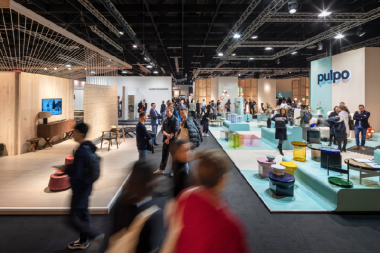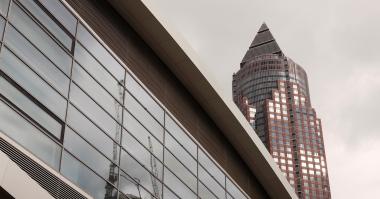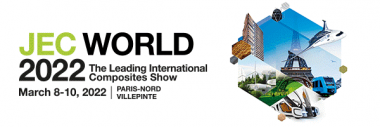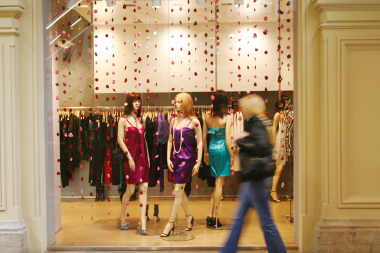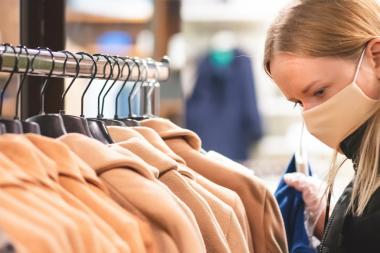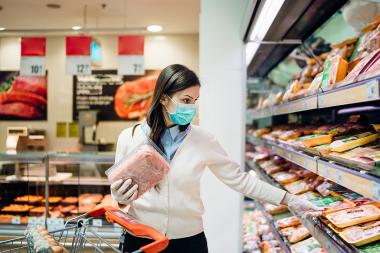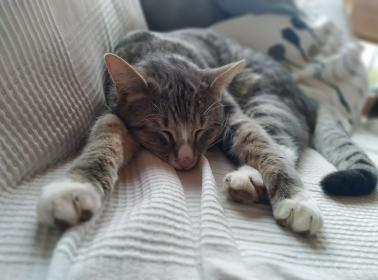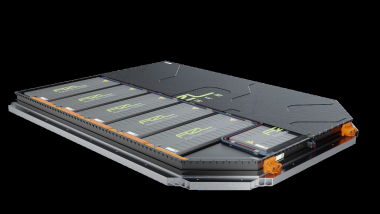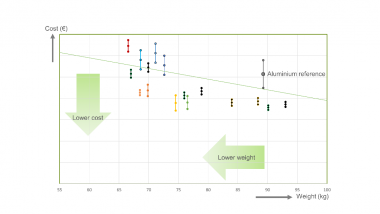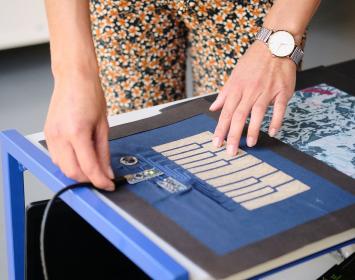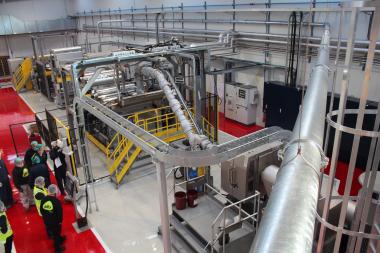ISKO™ creates a fully sustainable Fabric Collection
ISKO’s 2023 Collection Vol. 1 is designed to meet the varied needs of today’s consumer by providing fashion, comfort, versatility and responsibility in each of its innovative fabrics. The entire collection is “engineered for nature” using ISKO’s recently launched R-TWO™50+ technology – a process which creates high-quality denim that is less harmful to the natural world.
R-TWO™50+ is the driving force behind ISKO’s efforts to reduce the industry’s impact on the planet. The fabrics are made with a minimum of 50% pre- and post-consumer recycled blend that is entirely Global Recycled Standard (GRS) certified. This results in less use of natural resources and a reduced carbon and water footprint of up to 45% and 65% respectively.
ISKO has also incorporated hemp into the collection as a sustainably viable alternative to cotton. Hemp requires much less water, no pesticides and grows quickly in almost any type of soil. New spinning techniques give the fiber a softer hand feel and make hemp a genuinely enticing option to cotton.
2023 Collection Vol. 1 includes ISKO Blue Skin™, Jeggings™, ISKO™ Rigid, ISKO Rigidflex™, ISKO EFD™, Summer Colors, Catwalk, ISKO Reform™, ISKO™ Black, ISKO™ Comfort, ISKO Pop™ – and five macro trends (Denim Nation, New Origin, Isko Reborn, Isko Motion, Chill Zone). These trends incorporate some of ISKO’s key denim technologies to create a versatile collection that complements any style, vibe and mood.
ISKO Reform™, ISKO Blue Skin™ and Jeggings™ are the groups used to create fabrics that are trans-seasonal and one-size-fits-all – subscribing to a philosophy of inclusivity that is valued by Gen Z.
The collection also gives prominence to color groups. ISKO™ Black delivers various shades of black with different elasticity and aspect options. This part of the collection fulfils the perennial need for this timeless color. ISKO EFD™, or ‘Eco For Dye’, is a sustainable approach to producing ecru fabric. This technology shortens the production process and saves on water usage. The result is an ecru-colored base that can be used as is for a natural look or can also be dyed to any color.
New this season are the Summer Colors and Catwalk groups. Summer Colors is inspired by an eclectic mix of influences including natural earth tones, workwear looks or bright colors with authentic, open-end denim constructions. Catwalk is a bold and bright addition to the collection that offers on-trend styles in ISKO finishes including ISKO Urban Jeather™, Pearl Coat and Flashy Finish.
ISKO / Menabò Group











